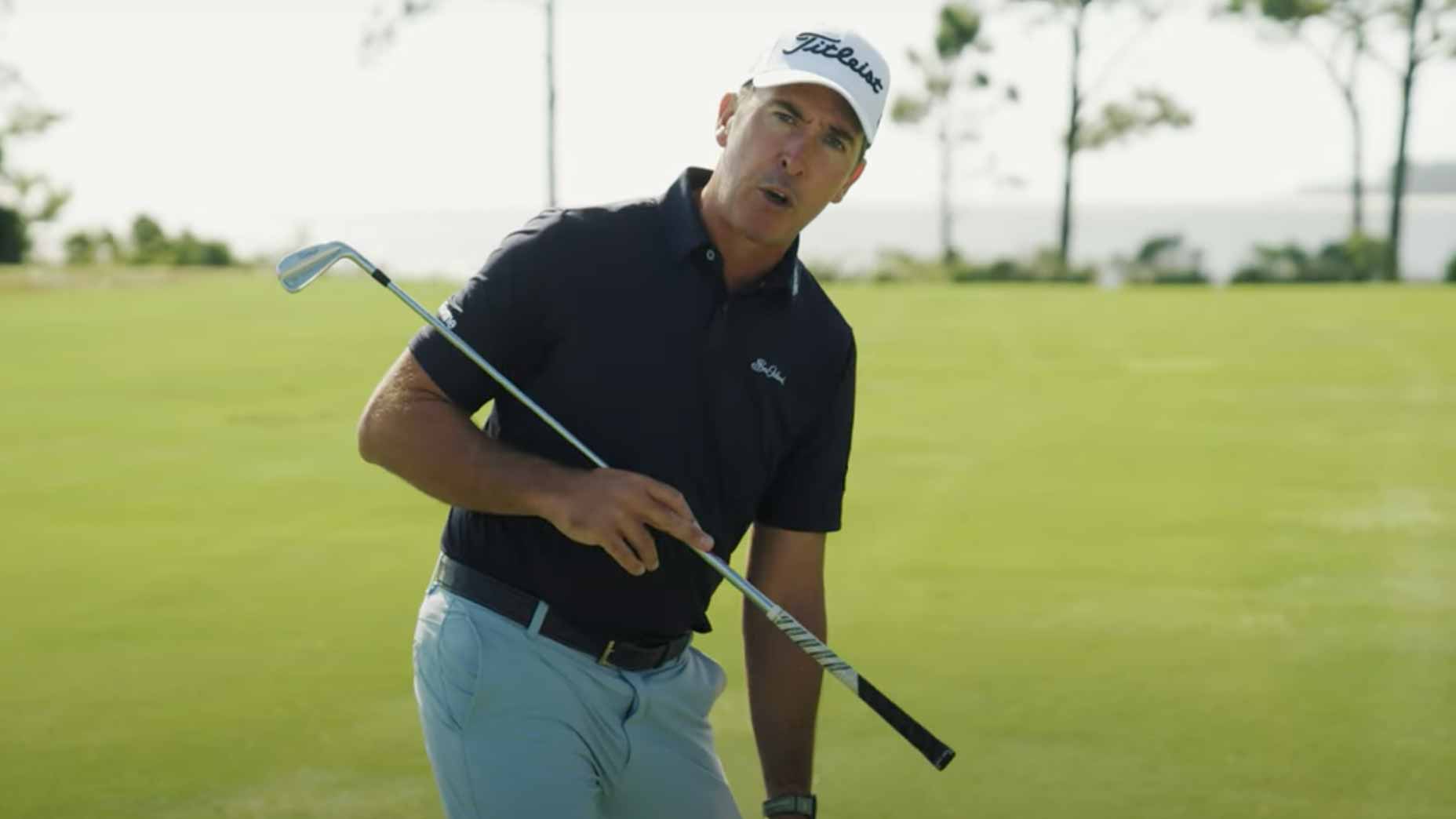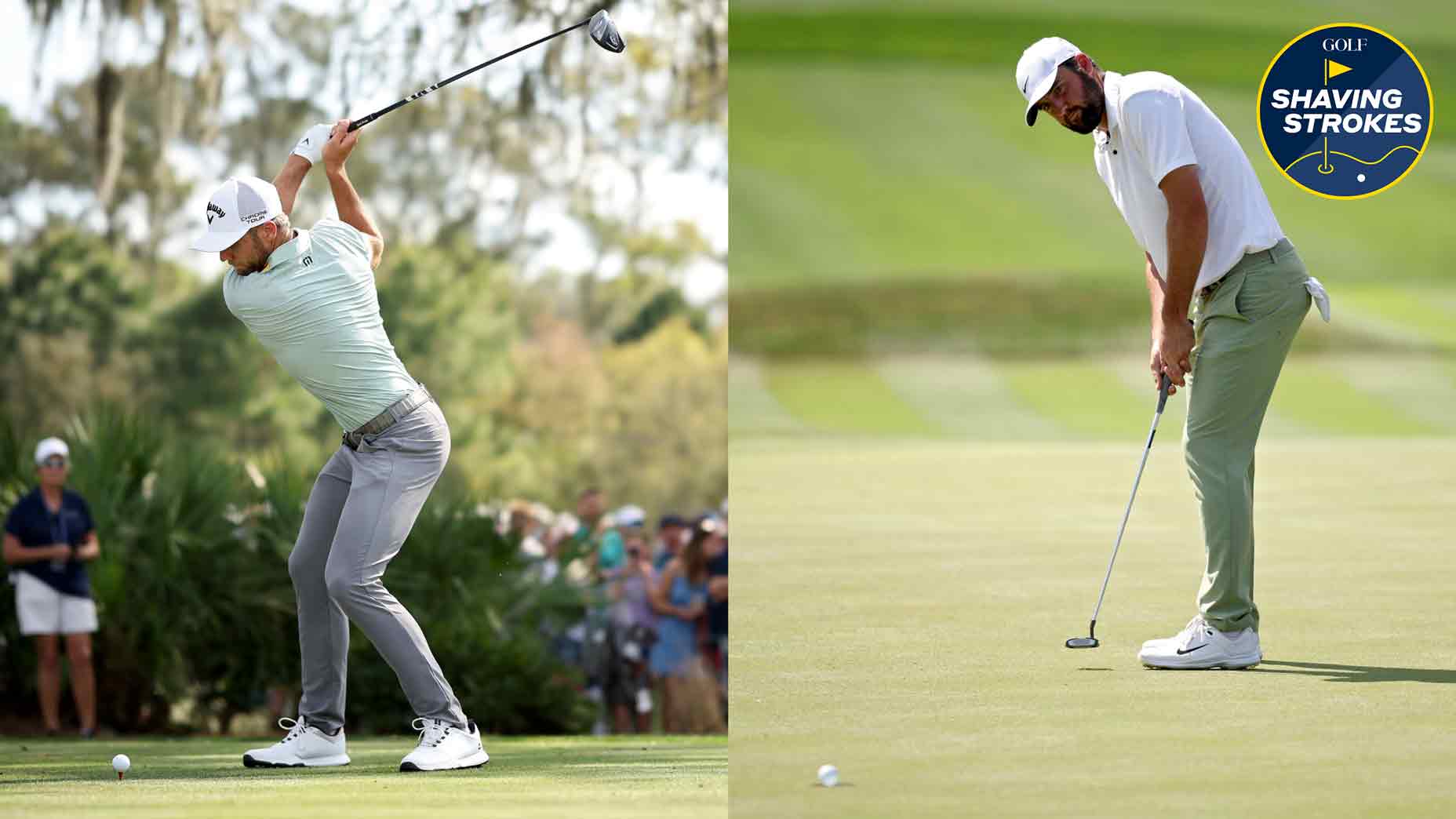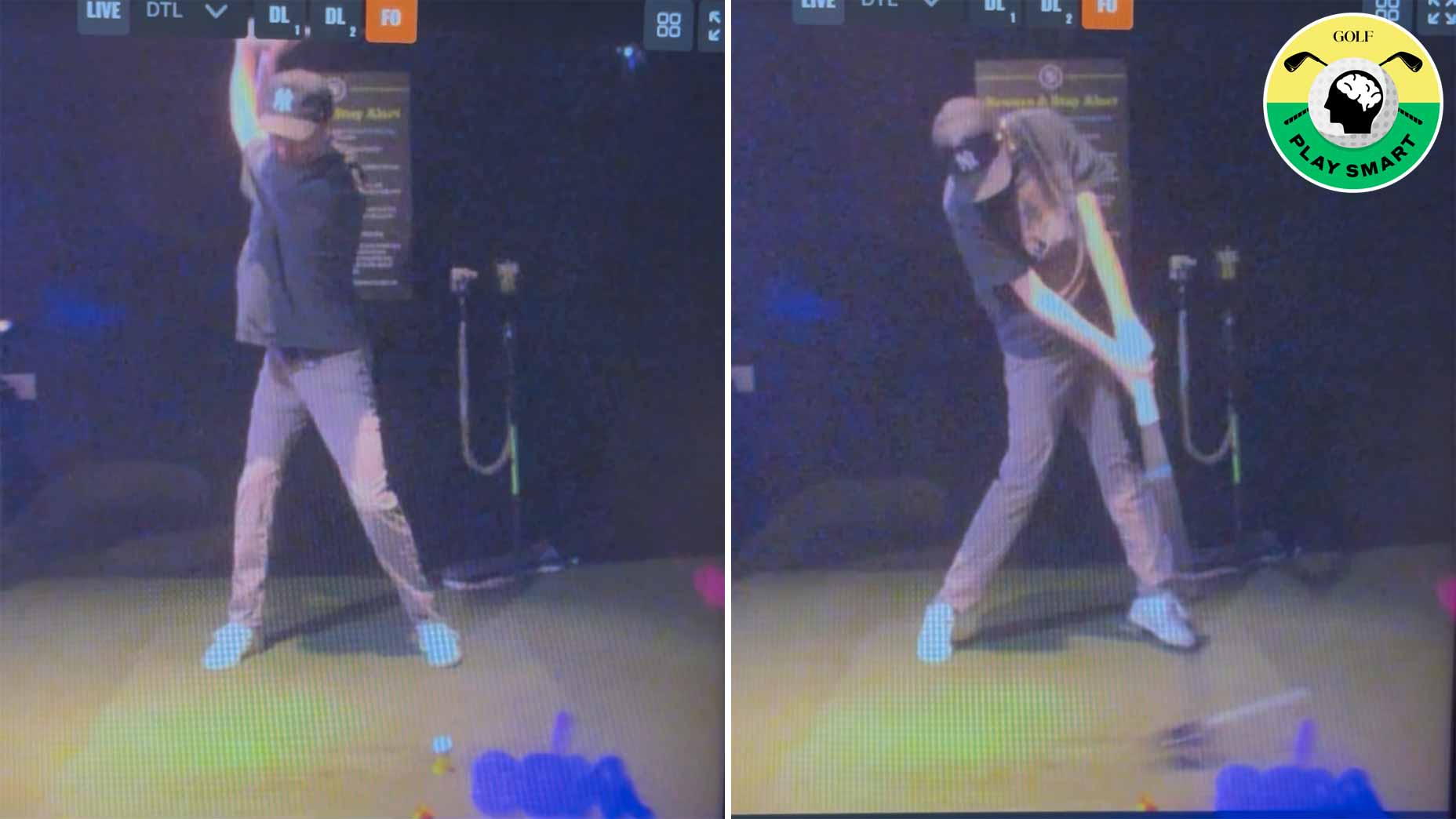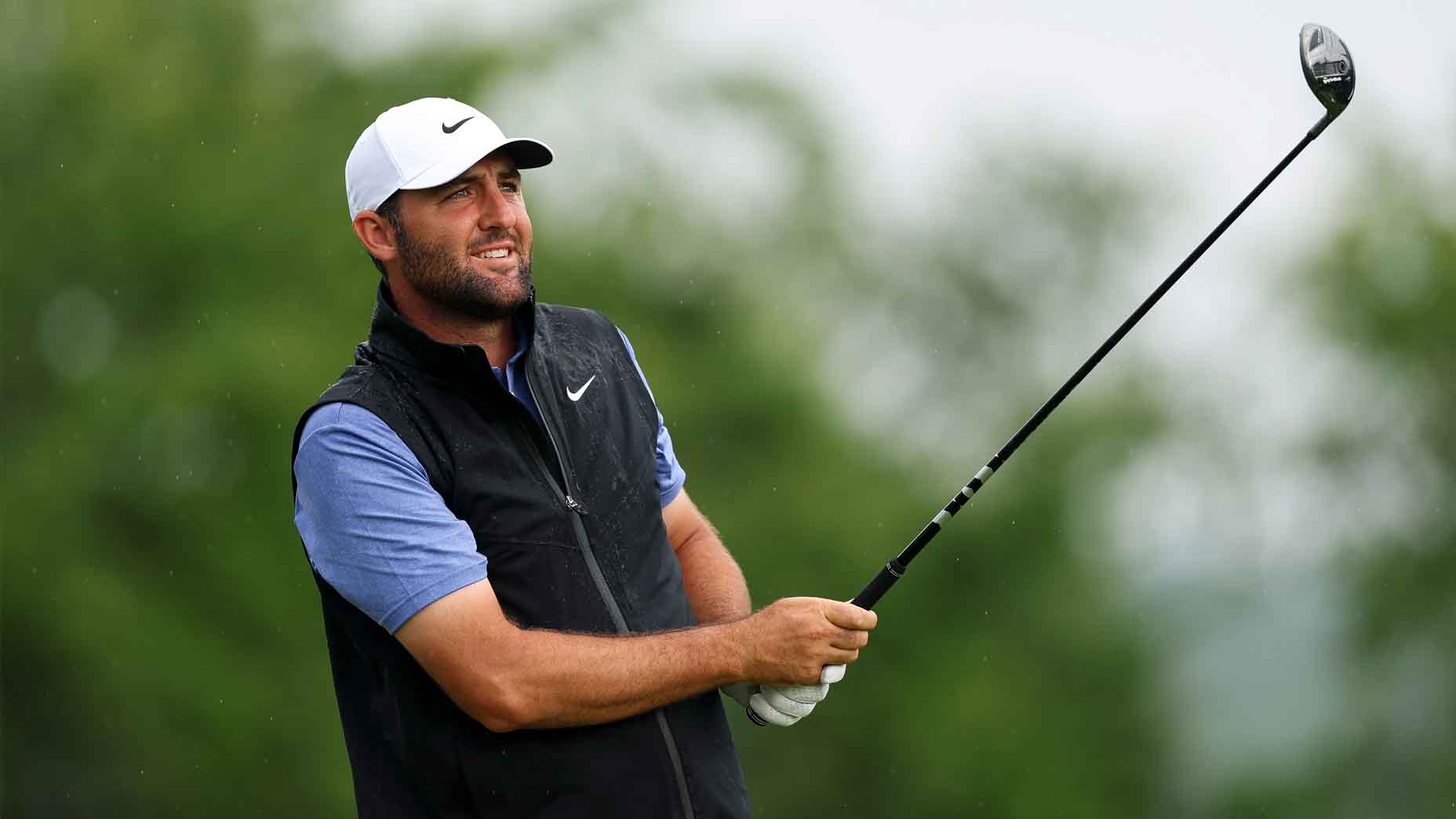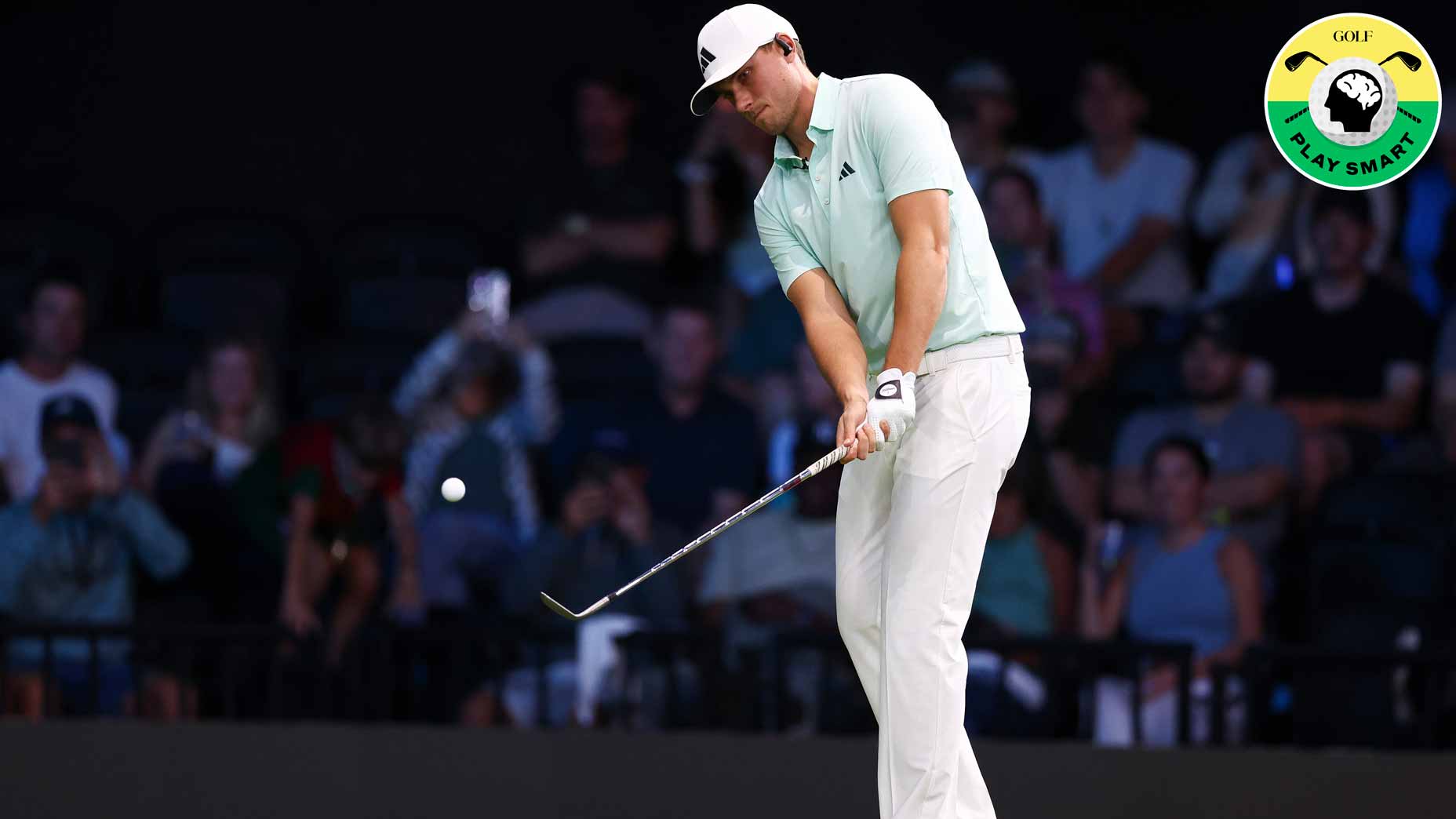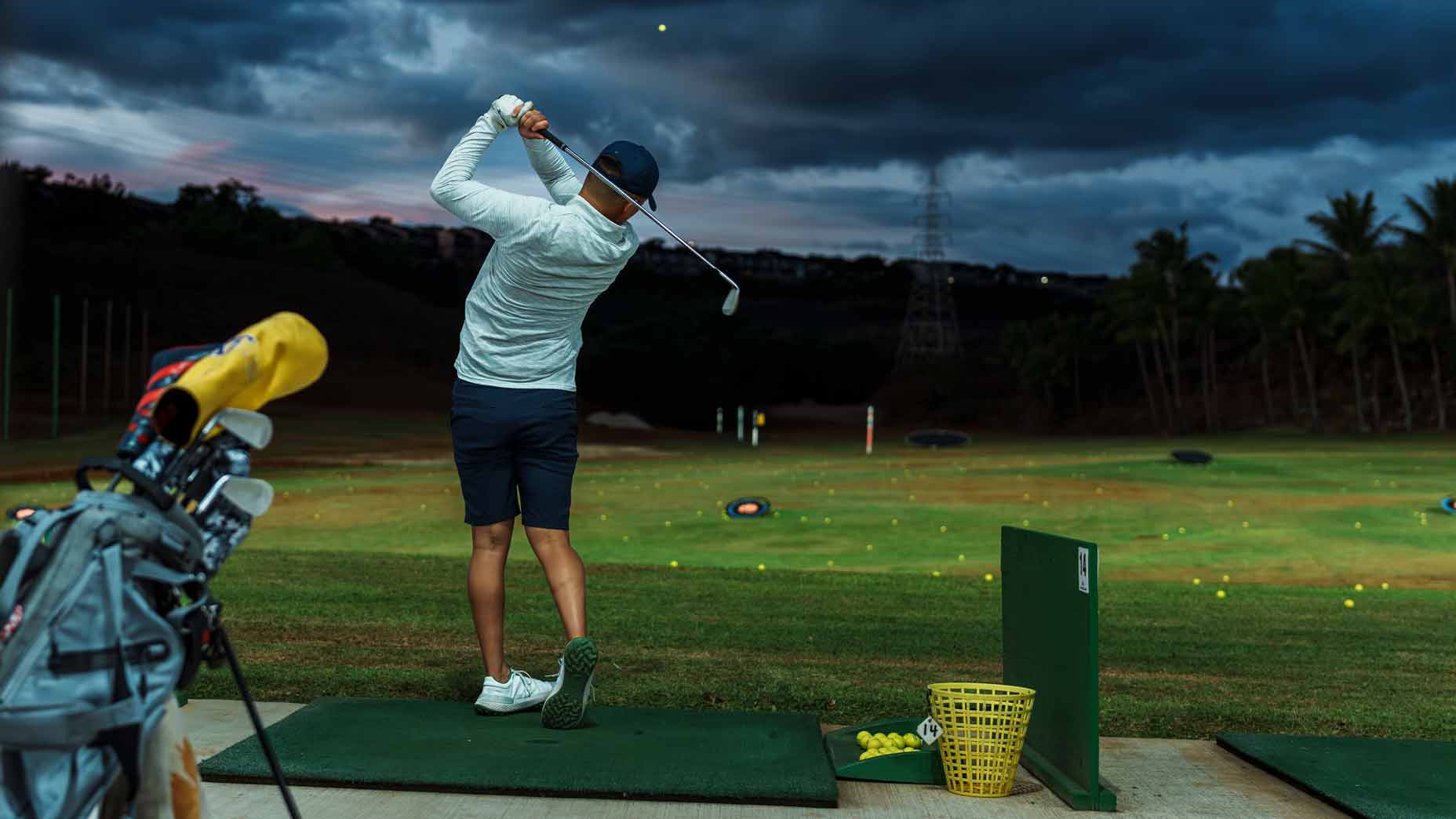Welcome to Shaving Strokes, a GOLF.com series in which we’re sharing improvements, learnings and takeaways from amateur golfers just like you — including some of the speed bumps and challenges they faced along the way.
One over par!
Never in my entire life did I think that’d be possible, but after playing a recent round at the Fairmont Whistler in Canada, I left the course on cloud nine, knowing that I’ve got the ability to shoot lower than I ever expected.
Here’s a little backstory.
Back in January, I mentioned Whistler as a dream golf getaway, describing a few of the top-rated courses in the area. To my surprise, I received an email inviting me to the Fairmont Chateau Whistler sometime this summer for a destination trip that included rounds of golf and 5-star service.



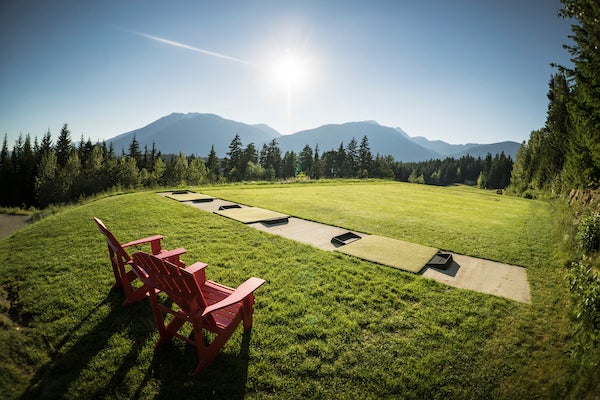
Fast-forward to last weekend and my family and I packed up the ol’ Jeep Wrangler to make the 4-hour drive up from Seattle to the Canadian oasis for the weekend. Not only did the hotel hook us up with a suite that overlooked some stunning scenery (our room’s balcony had a 180-degree view of the Blackcomb mountains), but they made sure we ate like royalty in each of the onsite restaurants.
Let’s be honest, what’s better than crushing a 6-ounce Beef Tenderloin over a few glasses of top-rated red wine after playing golf all day? Not much.
But we weren’t here to chow and write food reviews, we came to the Fairmont Whistler for one reason — to play golf!
It was a busy schedule over the two days, but we were able to push our way through (yes, that’s sarcasm).
After arriving on Monday morning, I sneaked in 9 holes prior to dinnertime. My goal was to break 40 from the front tees — something GOLF Top 100 Teacher Scott Munroe challenged me to do, and a practice strategy used by the likes of Bryson DeChambeau.
Unfortunately, I fell just short of my goal and shot a 42. But I did birdie the final two holes, so there was some momentum…or so I thought.
5 things that led to my one-over score at the Fairmont Whistler’s golf course
Tuesday was a golf lover’s dream, with a bus shuttling us up to the Fairmont Whistler’s driving range for a couple hours of practice before fueling up with some grub prior to playing 18 holes.
I didn’t strike the ball particularly well on the range — especially with my driver — which was obviously worrisome prior to playing 18, but, hey, maybe some food and some time before teeing off would help reset some things.
Spoiler alert: It didn’t at first.
5 swing fundamentals every golfer needs for more consistent resultsBy: Nick Dimengo
Remember all that momentum I hoped would carry over from Monday’s round? Yeah, it evaporated into the thin mountain air, because I shot a whopping 54(!) on the exact same 9 holes I played less than 24 hours earlier. I even carded a damn 10 on a hole after going OB and struggling to get out of a wicked greenside bunker. Ugly, beginner-golfer type of stuff.
But I regrouped and trusted the process, pushing myself to grind, free up my mind, and just play loose.
In a way, that’s sort of what makes me so much prouder of my one-over score on the back 9 — because I didn’t accept the fact that I “didn’t have it” that day, which some golfers often make the mistake of doing. So what changed in between the hideous front 9 and the remarkable back 9? Here were the five most important things for me.
1. Playing from the front tees
Look, I’m sure there are more than a few golfers out there who question this whole “round of my life” thing because I played from the front tees. But I made a goal to break 40 from the fronts (which is no easy task to begin with), so the fact that I did so with a few strokes of cushion makes me pretty happy.
As mentioned above, playing from the front tees might not be a popular move, but for those looking to gain confidence and work on all types of shots, I recommend trying it. Plus, the total yardage from the front tees at the Fairmont Whistler’s course is still over 5,600 yards, so it’s not like it’s so short that you only use a 7-iron off the tee.
Whether you’ve had some inconsistent rounds lately and need a boost of confidence, or you want to start incorporating some swing changes from the range to the course, playing from the front tees is the way to go.
2. Tempo with my driver
Unless I make a concerted effort at setup, I very frequently swing my driver as if I’m trying to hit a moving object like a baseball. This gets me in trouble off the tee, leading to an open clubface and sliced shots.
During this one-over round, though, I made it a point to slow things down. I know that’s not always recommended by teachers — especially when you’re hunting for more clubhead speed and distance — but since many holes maxed out at 300 yards, I didn’t need to think about crushing it.
The results speak for themselves, with my hitting every fairway that I used my driver — I even drove the green twice.
By focusing on my tempo and maintaining good sequencing and balance, I was able to find the center of the clubface much more often.
3. Knowing (and trusting) my carry distances
There’s probably a handful of people reading this who have no idea what their carry yardages are — and I was one of those people prior to my round at the Fairmont Whistler. But after spending two hours on the driving range and working on some stacked practice, I was able to get a sense for each club in my bag.
During that range session, I even tested myself by trying to guess my yardages (since I had access to a launch monitor). In some cases, I was actually spot on, coming within a few yards of what my shot carried to.
Understanding (and then trusting) how far I could carry the golf ball with every club made a huge difference in my one-over round. Even when I mishit a shot, I still knew that it would travel a certain distance.
A good example was on the 18th hole, a 498-yard par-5.
I used a hybrid off the tee since there was a creek about 265 yards from the tee box, but hooked it to the left. Then I used a 5-wood to try and carry the green — which, in hindsight, was me pressing a bit. I heeled that shot and needed to lock in.
My third shot was from the rough from about 138 yards away, with a tiny bit of fescue obstructing my club path. Instead of going with a 9-iron, I actually clubbed up to a 7-iron, gripped down, and gave it a full swing. My ball landed just on the left side of the green, giving me a chance to get up-and-down to save par (which I did).
So familiarize yourself with every club in your bag, hit a bunch of balls with each, and make sure you capture data to help give you peace of mind when you’re out on the course. That sure helped me.
4. Pace on putting
Anyone who knows me knows that I like to refer to putting as the great equalizer in golf — which, in essence, is my way of saying that a hot putter can save a round. In my case, it actually made my round.
Look, my ball-striking was the best I’ve ever experienced during this one-over round. I nailed fairways with my driver, and my approach shots landed either on or near every green, giving me opportunities to score low.
What’s more important: Greens in regulation or fairways hit? Data tells usBy: Nick Dimengo
Given the amount of greens-in-regulation that I hit, I could refocus my attention from trying to make every first putt to save par or bogey, to just leaving it close enough to give myself a manageable second putt for birdie or par. That was different than any other round I’ve played before.
As a chronic 3-putter, I no longer needed to play defensively or with tension in my stroke, and instead just calmly hit each putt to within 2-3 feet, hoping I could become automatic to finish out each hole. It worked wonders.
5. Swagger
As a mid-handicapper, it can be difficult to ever truly feel confident on the golf course. Sure, there may be a hole or two where you hit amazing shots and walk off with a birdie, but that’s never the norm for someone who usually plays bogey-golf.
But during this round at the Fairmont Whistler golf course, my mindset was completely opposite.
Once I realized I had a chance to break 40 (which came after about hole 5 when I was two over), my mentality went from hoping to expecting, having a self-belief that I would execute each shot in front of me, regardless of club choice. That made a huge difference, and allowed me to trust my process and play without pressure.
Discover more info about the Fairmont Chateau Whistler Golf Course here!

